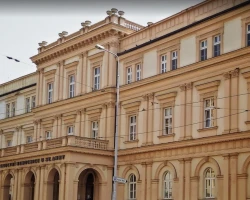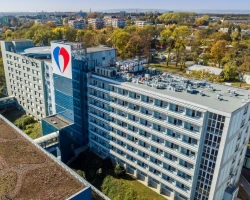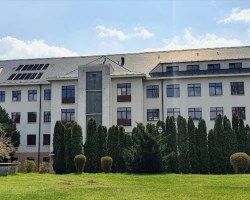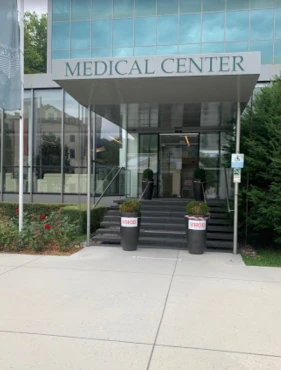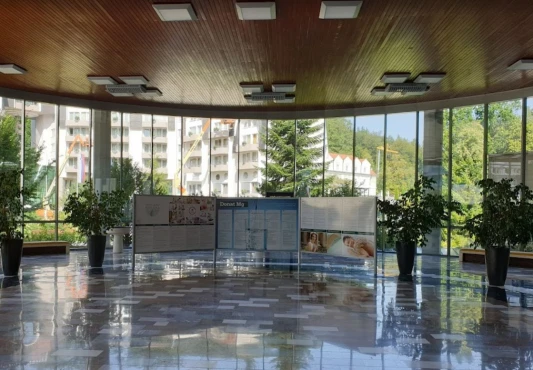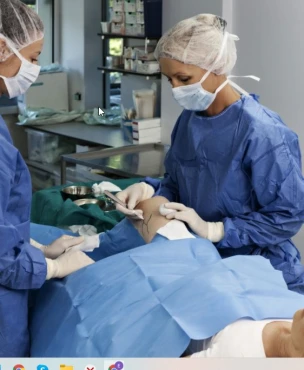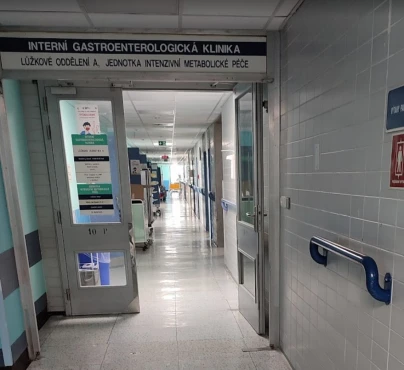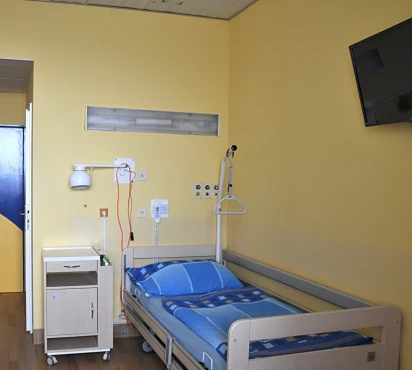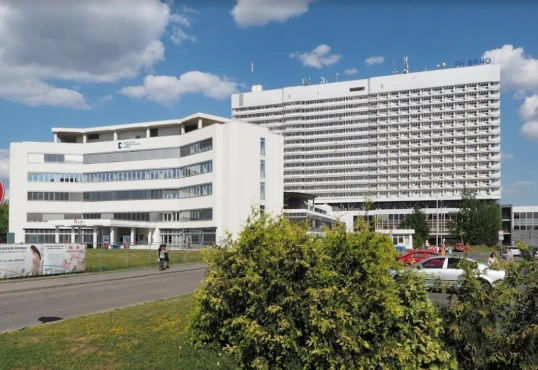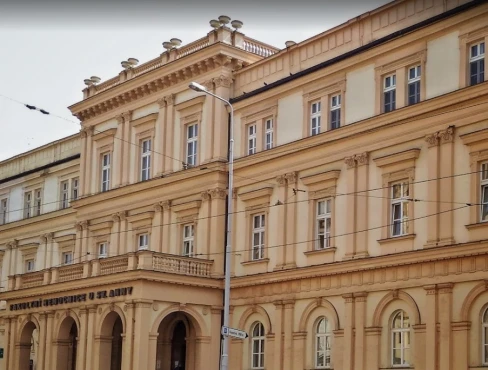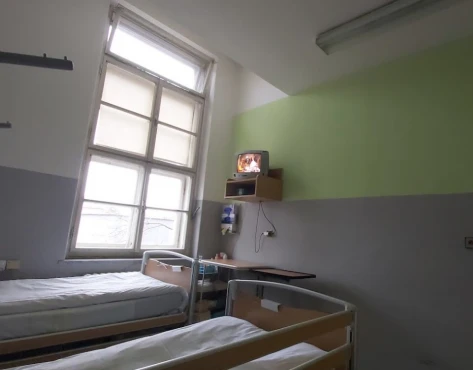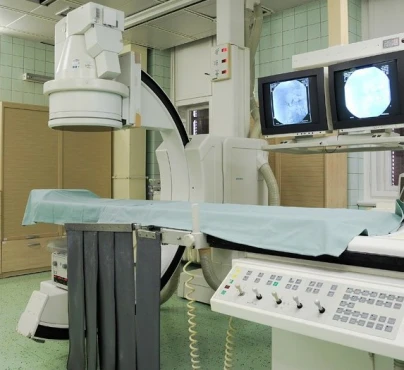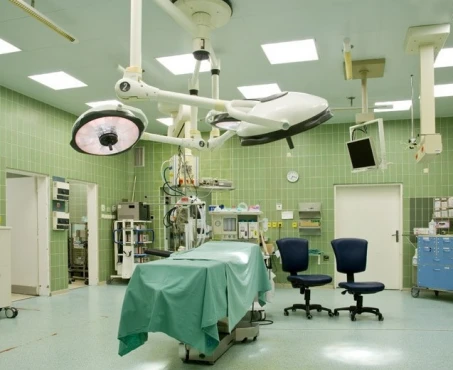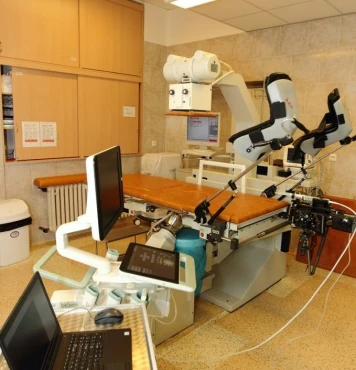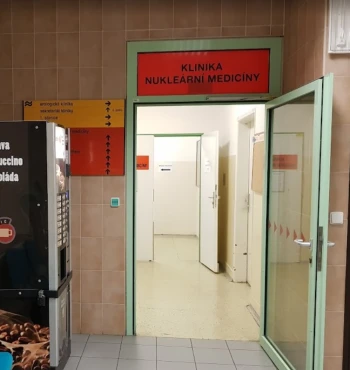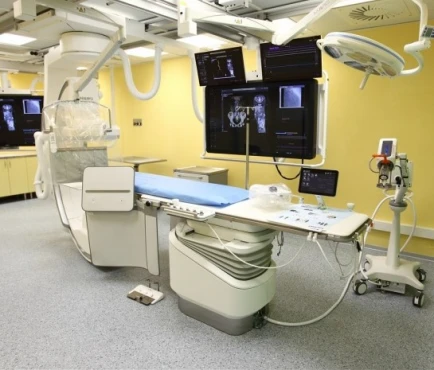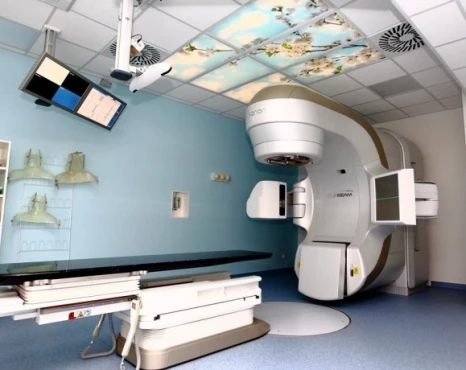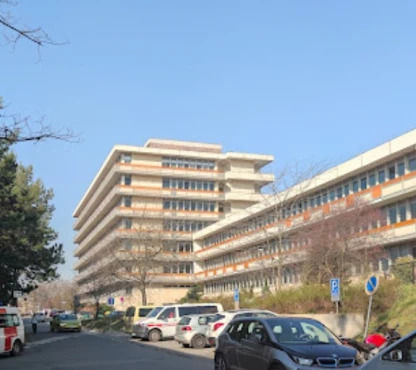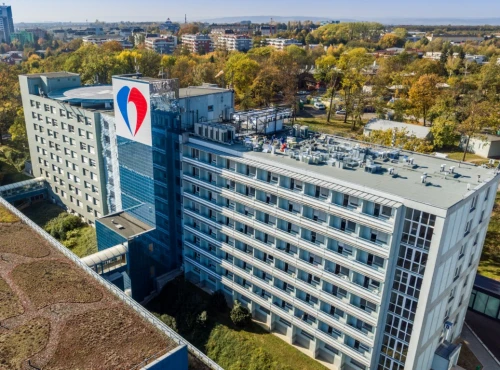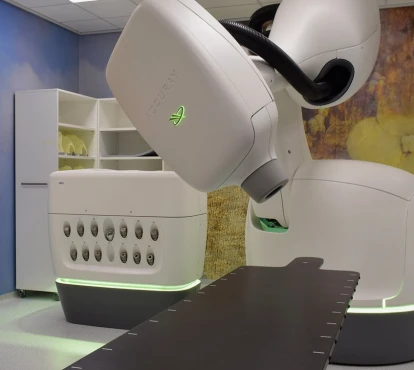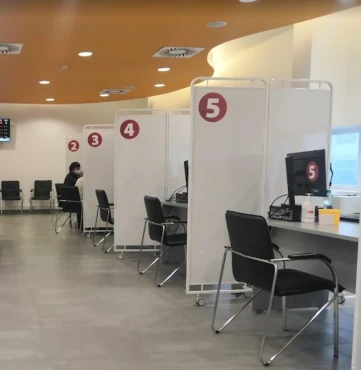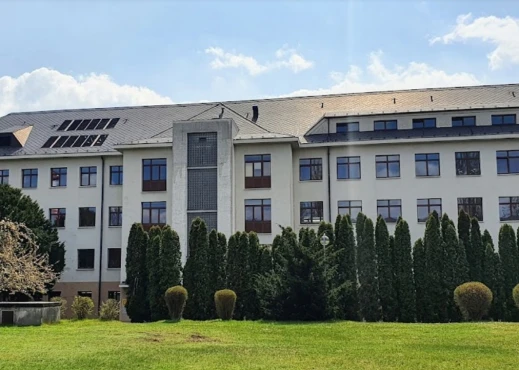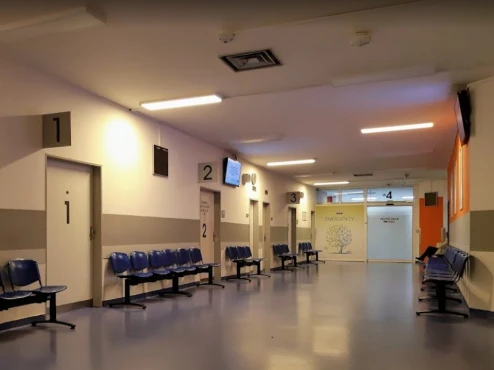from Kateryna Sunshine
May 18, 2023
Very disappointing experience. My mom fell very sick while on a bus traveling from Austria to Poland through Czech Republic. She fainted, vomited, had seizures and was unconscious for 40 minutes while waiting for the ambulance. Ambulance took her to this hospital, wasted time
on checking her insurance instead of helping first and foremost, and made her wait for a check up for an hour in an emergency department. Later, after receiving medical help my mom felt very thirsty and asked for a glass of water. She had to ask several times different staff, and all of them didn’t bother to help and just said there is no drinking water available (however, my mom could see two bottles of water on a table and an electric kettle, probably the staff’s, but obviously they didn’t want to share). My mom felt dizzy and weak, and yet had to get up and go to toilet to drink tap water. Just after 2 hours of staying in the hospital the staff asked my mom to vacate the bed even though she still felt very dizzy and nauseous. Just a reminder: she was in a unknown city in a foreign country took off the bus because of an emergency medical accident. The hospital staff couldn’t care less, they just asked her to leave because according to them she already “got all needed medical assistance” and “ready to leave”. She had to quickly book a hotel room and leave. When she asked to help at least with getting a taxi, the staff again acted reluctantly and didn’t help in the end. Unempathetic, unhospitable and unprofessional. Me and my family members have experienced medical assistance a few times in several countries but never had such a bad treatment.
from Timirtcom
January 27, 2023
Definitely among one of the best teaching university hospitals in the Country, spacious, with a lot of subspecialities including cardiology, gastroenterology, ENT, etc..
from Gary Jenkins
August 12, 2021
Very efficient. Arrive and take a ticket then wait to be called. They take your details and then you are seen according to your needs.
English is spoken.

